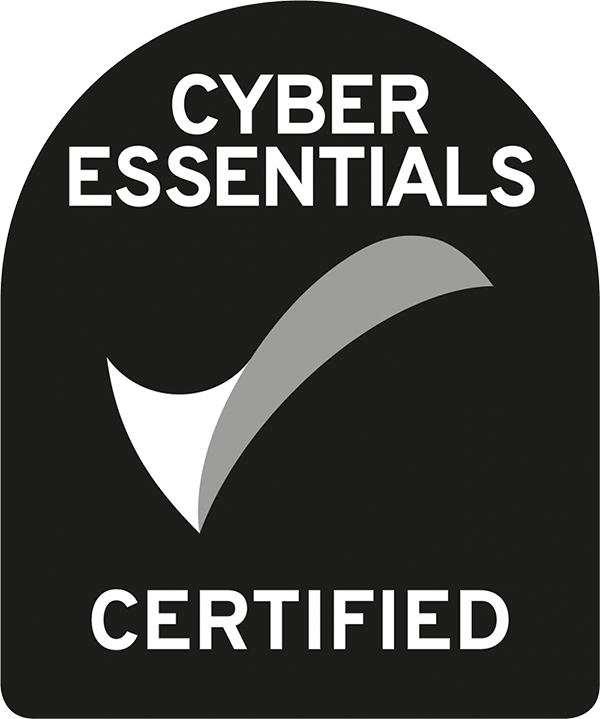When it comes to enabling remote working for your company and staff, the benefits are numerous. The COVID-19 pandemic has made it clear that having a flexible work environment is essential for business continuity. Unfortunately, some companies still believe in myths regarding security, data safety, and staff performance, which can hinder them from adopting remote working. However, with the right infrastructure and policies in place, remote working can be just as secure and productive as working from an office. Don’t wait until the next crisis to start thinking about remote working, contact us today to learn how we can help your business.
Benefits of enabling remote or hybrid working.
- Increased flexibility: With hybrid working, employees have the freedom to choose where and when they work, which can lead to a better work-life balance and improved job satisfaction.
- Greater productivity: Studies have shown that employees who work from home are often more productive than those who work in a traditional office environment. By allowing employees to work from home some of the time, employers can help to improve productivity levels.
- Reduced overhead costs: By implementing a hybrid working model, employers can reduce their overhead costs by downsizing office space and lowering utility bills.
- Improved employee retention: Offering hybrid working options can be a valuable employee retention tool, as it can help to attract and retain talent by providing a desirable work-life balance.
- Enhanced agility: Hybrid working can also improve a company’s ability to quickly adapt to changing circumstances or business needs, as employees are already accustomed to working remotely.
- Improved work-life balance: With hybrid working, employees have the option to work from home or office, giving them more control over their work schedules and allowing them to better balance work and personal life commitments.
- Increased productivity: Hybrid working can increase productivity by allowing employees to work during their most productive hours and in the environment that suits them best. It also reduces the time spent commuting, allowing employees to have more time to focus on their work.
- Cost savings: By having a hybrid work model, companies can save on overhead costs such as office rent, utilities, and office supplies, as well as reducing travel expenses for employees.
- Access to wider talent pool: By allowing remote work, companies can tap into a wider talent pool, regardless of location, which can be especially beneficial in industries with a shortage of skilled workers.
- Better for the environment: By reducing the number of employees commuting to work every day, hybrid working can help reduce the carbon footprint of companies and contribute to a greener environment.
The right setup and systems for hybrid working can vary depending on the specific needs and requirements of each business. However, there are some key components that can help ensure a successful hybrid working environment:
- Cloud-based tools and software: Cloud-based tools like Microsoft Teams, Zoom, and Google Workspace can help keep remote and in-office workers connected and productive. These tools allow for easy collaboration, file sharing, and communication across different locations.
- Secure remote access: A secure VPN connection can provide remote workers with secure access to company resources and applications. This helps ensure that sensitive data remains protected while allowing workers to access the information they need to do their jobs.
- Video conferencing equipment: High-quality video conferencing equipment, such as cameras, microphones, and speakers, can help ensure that remote workers can fully participate in meetings and discussions with in-office colleagues.
- Collaboration spaces: In-office collaboration spaces, such as meeting rooms and breakout areas, can provide remote workers with a physical presence when they do visit the office. These spaces should be equipped with the necessary technology and tools to support hybrid working.
- Mobile devices: Providing employees with company-owned or approved mobile devices, such as laptops, tablets, or smartphones, can allow them to work from anywhere and stay connected to the company’s systems and resources.
- Cybersecurity measures: Hybrid working can present new security challenges, so businesses need to ensure that they have robust cybersecurity measures in place. This includes multi-factor authentication, regular software updates, and employee training on cybersecurity best practices.
Overall, the right setup and systems for hybrid working should prioritise flexibility, communication, collaboration, and security. By investing in the right tools and technology, businesses can support a successful hybrid working environment and reap the benefits of increased productivity, employee satisfaction, and cost savings.
If you are considering migrating your legacy systems to the cloud or setting up remote or hybrid working for your company, but you are not sure where to start or what is required, our professional team is here to help.
We specialise in providing expert advice and guidance to businesses like yours, helping them make informed decisions about their technology infrastructure. Whether you need assistance with cloud migration, remote working solutions, or hybrid cloud deployments, our experienced team can help you navigate the process and provide the support you need.
Don’t let technical challenges hold you back from achieving your business goals. Contact us today to learn more about our services and how we can assist you with your technology needs.

